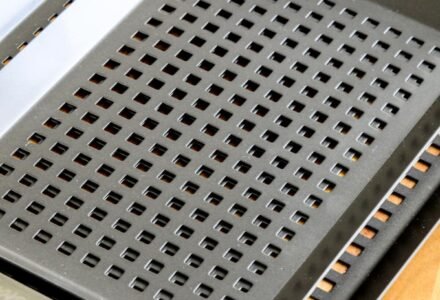Sunita Williams News: NASA astronauts Sunita Williams and Barry ‘Butch’ Wilmore, who have been stranded aboard the International Space Station (ISS) for over 9 months, are finally set to return to Earth after an extended stay in microgravity. A space mission that was originally scheduled for a shorter duration of 7 days got extended to infinity after the spacecraft that was carrying the astronauts was detected with severe technical glitches upon reaching space. This prolonged exposure to microgravity presents several health challenges that astronauts commonly face upon re-entry to Earth’s gravity.
As NASA’s current updates say — Sunita Williams and Butch Wilmore will re-enter the Earth’s gravitational force by mid-March, let’s understand what may happen to her body after landing, and how NASA is planning to keep the astronauts safe and protected from these health affects.
Sunita Williams Returns To Earth: Health Risks of Prolonged Microgravity Exposure
Extended exposure to microgravity and excessive space radiation exposure pose serious health risks to astronauts, which can get triggered after they re-enter the Earth’s gravity. In this article, we have discussed what may happen to Sunita Williams and her fellow astronauts upon their return.
Severe Muscle Atrophy and Bone Density Loss
The most concerning health challenge that NASA astronauts are expected to face is muscle weakness. This mainly happens due to the fact that their body was exposed to the environments which lack gravity– which means they didn’t use their muscles and bones as they do on Earth. This, in medical terms, is called muscle atrophy and bone density loss. Upon their landing, they will suffer from weaker bone muscles. According to the studies,s astronauts can lose up to 1-2% of bone mass per month in space. Some may experience osteoporosis-like symptoms, increasing their risk of fractures.
Heart Health Issues Including Rapid Heartbeat
In space, fluids shift upward, causing the heart to pump less efficiently. Upon returning to Earth’s gravity, blood flow struggles to normalize, leading to dizziness, low blood pressure, and fainting spells. Astronauts may experience orthostatic intolerance, meaning they have trouble standing for long periods without feeling lightheaded. The heart function weakens over time in microgravity, and prolonged space travel could contribute to long-term cardiovascular diseases.
Severe Vision Problems
Many astronauts, including those on long-duration ISS missions, report vision issues upon returning to Earth. This condition, known as Spaceflight-Associated Neuro-Ocular Syndrome (SANS), results from increased intracranial pressure due to fluid shifts in microgravity. It can cause blurry vision, swelling of the optic nerve, and structural changes in the eye. Some astronauts experience permanent vision changes even after extensive rehabilitation.
Increased Cancer Risk Due To Space Radiation
While on the ISS, astronauts are exposed to higher levels of cosmic radiation compared to Earth. Long-term exposure increases the risk of cancer, cardiovascular diseases, and neurological disorders. NASA carefully monitors radiation levels, but prolonged space travel remains a significant concern for astronaut health. Some experts believe astronauts like Williams could face an increased lifetime risk of developing cancer, particularly leukemia, skin cancer, and gastrointestinal cancers.
Psychological and Emotional Stress
Spending months in isolation, confined quarters, and stressful conditions can take a toll on an astronaut’s mental health. Some experience symptoms of depression, anxiety, and post-mission adjustment disorders. The transition back to Earth’s social and sensory environment can be overwhelming, requiring psychological support and counseling.
Sunita Williams’ upcoming return highlights the resilience and adaptability required of astronauts during extended space missions. While the challenges are significant, NASA’s comprehensive post-mission support aims to ensure a successful transition back to Earth’s environment.






